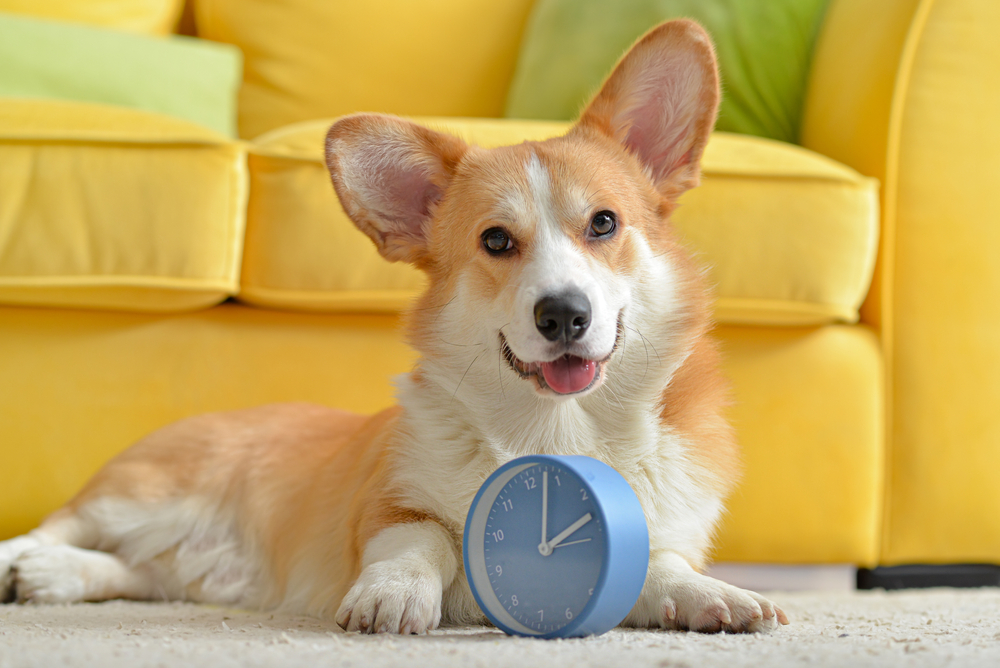It’s smarter than you think.
Others are reading now
Dogs experience time differently from humans, as they do not comprehend abstract concepts like minutes, hours, or days.
Instead, they base their sense of time on biological rhythms, habits, and sensory cues that help them predict daily events.
This allows them to navigate their daily lives by recognizing patterns and repetitions rather than measuring time precisely.
Their internal biological clock plays a crucial role in regulating their activity levels, sleep, and expectations of daily routines.
Also read
Circadian rhythms, influenced by light and other environmental factors, help them distinguish different times of the day.
Additionally, they use senses like smell and hearing to detect changes in their surroundings, further enhancing their ability to perceive time.
Do Dogs Really Understand Time?
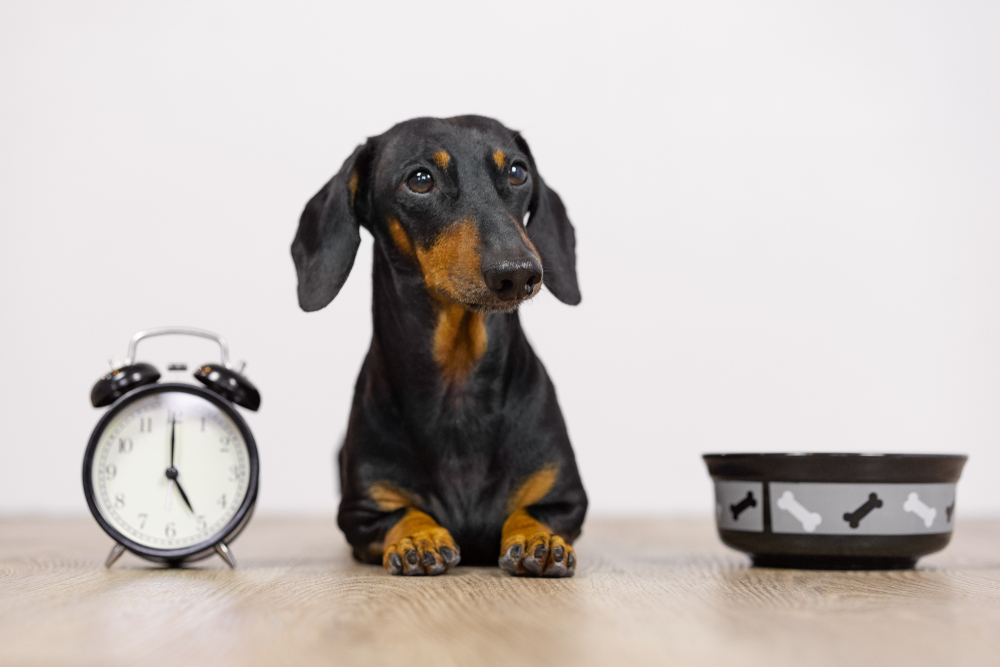
For humans, time is an abstract concept that we measure with clocks and calendars to structure our lives.
We divide the day into hours, days, and weeks, but this division only exists in the human world.
Dogs do not understand time in the same way, but they experience and register the passage of time in their own way.
They use cues from their surroundings and biological rhythms to create predictability in their daily lives.
The Role of Biological Rhythms in Dogs
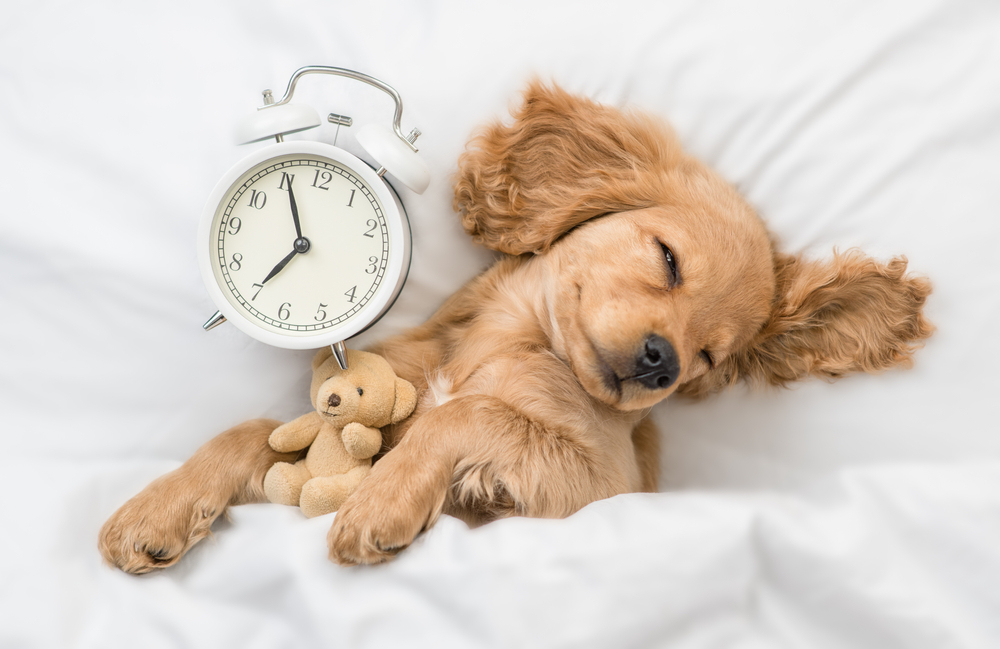
Dogs are governed by biological rhythms called circadian rhythms, which regulate their sleep, hunger, and activity levels.
These rhythms are primarily influenced by external factors such as light and temperature changes.
When the sun rises, a dog’s body gradually wakes up, and when it gets dark, the body prepares for rest.
This helps them adapt to a natural daily rhythm.
A Dog’s Biological Clock

Just like humans, dogs have a biological clock that helps them structure their day.
This clock is controlled by internal processes that respond to the light in their environment.
When the day begins, the body releases the hormone cortisol, which increases energy levels, while melatonin production rises in the evening to promote sleep.
These hormonal changes enable dogs to adapt to a consistent daily rhythm.
How Do Circadian Rhythms Affect Dogs?
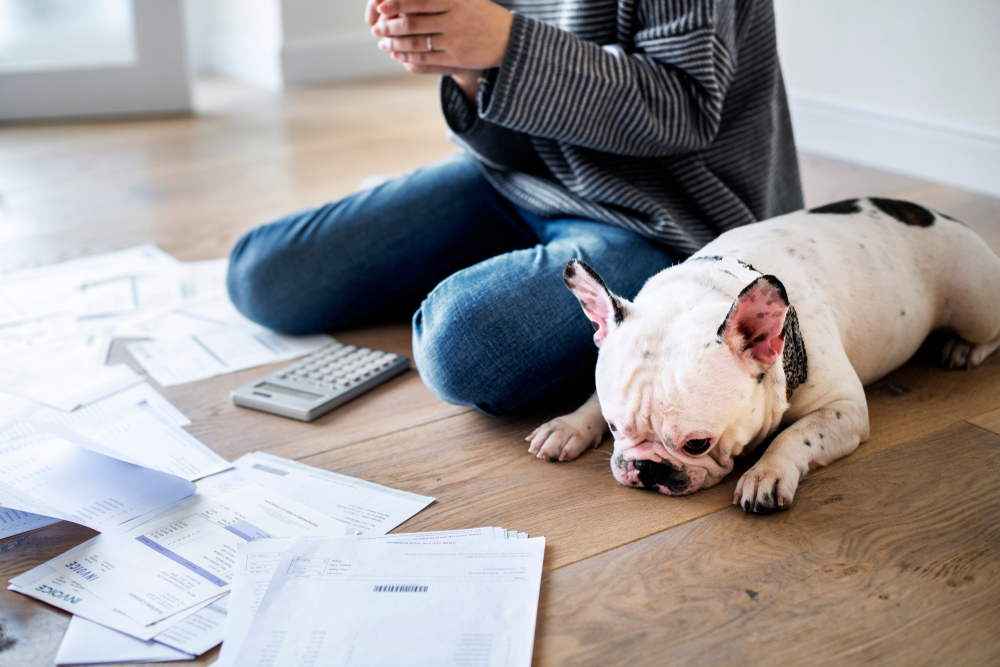
Circadian rhythms play a key role in a dog’s daily routines and their ability to anticipate certain events.
If a dog is fed at the same time every day, its body will biologically adjust by expecting food at that time.
They can also learn to associate specific times with other daily activities, such as play, walks, or rest.
Therefore, consistent routines are essential for a dog’s well-being.
Routines and Their Influence on a Dog’s Perception of Time

Dogs thrive best with a stable routine, as it creates a sense of security and stability in their daily lives.
When activities like walks, feeding, and play occur at the same times each day, it helps the dog predict what will happen next.
They quickly learn to associate specific times or signals with particular actions.
A steady daily routine provides them with a sense of safety.
What Happens If We Break the Routine?

If a dog’s daily routine is suddenly disrupted, it can lead to confusion and insecurity.
For example, if a dog is used to an evening walk but it is skipped, it may react with restlessness or even destructive behavior.
Some dogs become stressed or anxious if their daily life becomes unpredictable.
That’s why maintaining a stable routine is crucial for their well-being.
A Dog’s Memory and Sense of Time

A dog’s memory works differently from a human’s, as they primarily remember things through associations.
For instance, they may associate the sound of a food bowl with mealtime or the sound of keys with their owner leaving the house.
While they do not have episodic memory, which allows them to recall specific past events as humans do, they can learn patterns and act accordingly.
This ability helps them navigate their daily lives.
Perception of Time Through the Sense of Smell
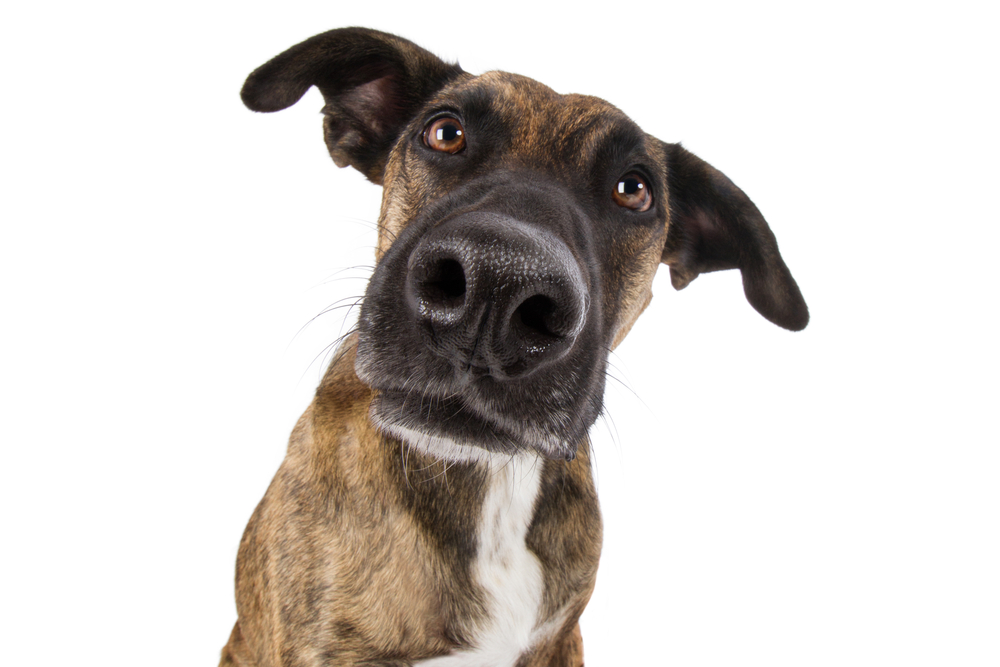
Dogs use their sense of smell to understand time in a unique way.
They can detect changes in scent intensity, giving them an idea of how much time has passed since an event occurred.
For example, their owner’s scent in the home gradually fades as time passes.
This allows dogs to use their noses to predict when their owner will return.
The Most Important Times for a Dog

Dogs associate certain times with positive experiences, making these moments particularly significant for them.
For instance, they may become especially excited around feeding time or when their owner typically returns home because they associate these moments with joy and rewards.
They quickly learn to recognize patterns in daily life and respond to signals that indicate something good is about to happen, such as the sound of a leash meaning a walk.
These moments create anticipation and security, as the dog knows something enjoyable is coming.
Mealtime

For dogs, mealtime is one of the most anticipated moments of the day.
If they are fed at the same time every day, their body will biologically adjust to expect food at that time.
They often recognize the signs that food is coming, such as the sound of a bowl or a bag being opened.
A consistent feeding routine provides security and helps regulate their digestion and energy levels.
The Moment You Come Home

For many dogs, their owner’s return home is a big event.
They quickly learn to anticipate the timing based on daily routines and changes in scent within the home.
Some dogs start waiting by the door or showing excitement even before their owner arrives.
This moment is filled with reunion joy and strengthens the bond between dog and owner.
Time for a Walk

Walks are an essential part of a dog’s day, both physically and mentally.
They quickly learn to associate specific times or signals, like a leash being picked up, with an upcoming walk.
Beyond exercise, walks allow dogs to explore their surroundings through their sense of smell.
A consistent walking routine provides stability and helps maintain a healthy lifestyle.
Bedtime

As the day winds down, a dog’s body begins preparing for rest.
Melatonin production increases as darkness falls, making them naturally sleepy.
Many dogs have designated sleeping spots and routines that signal bedtime, such as an evening walk or a specific ritual.
A stable sleep routine helps the dog feel secure and well-rested for the next day.

